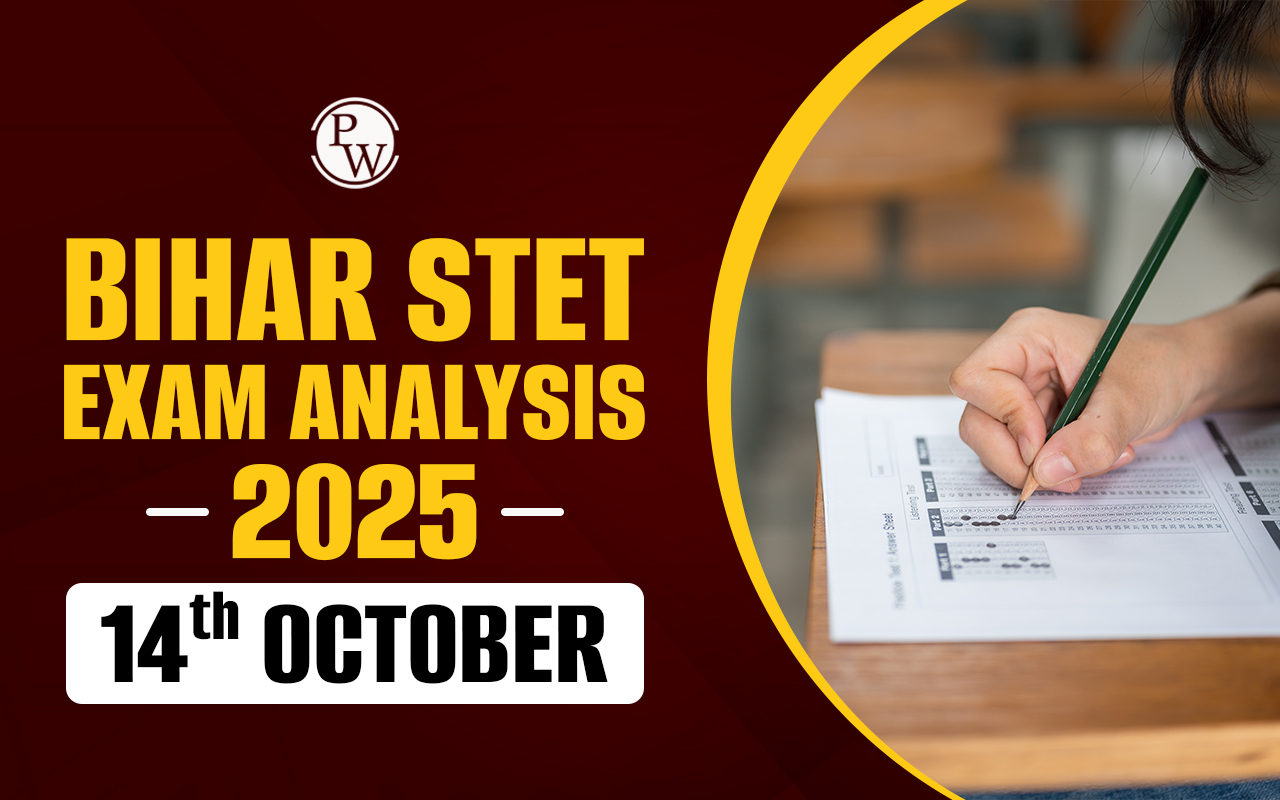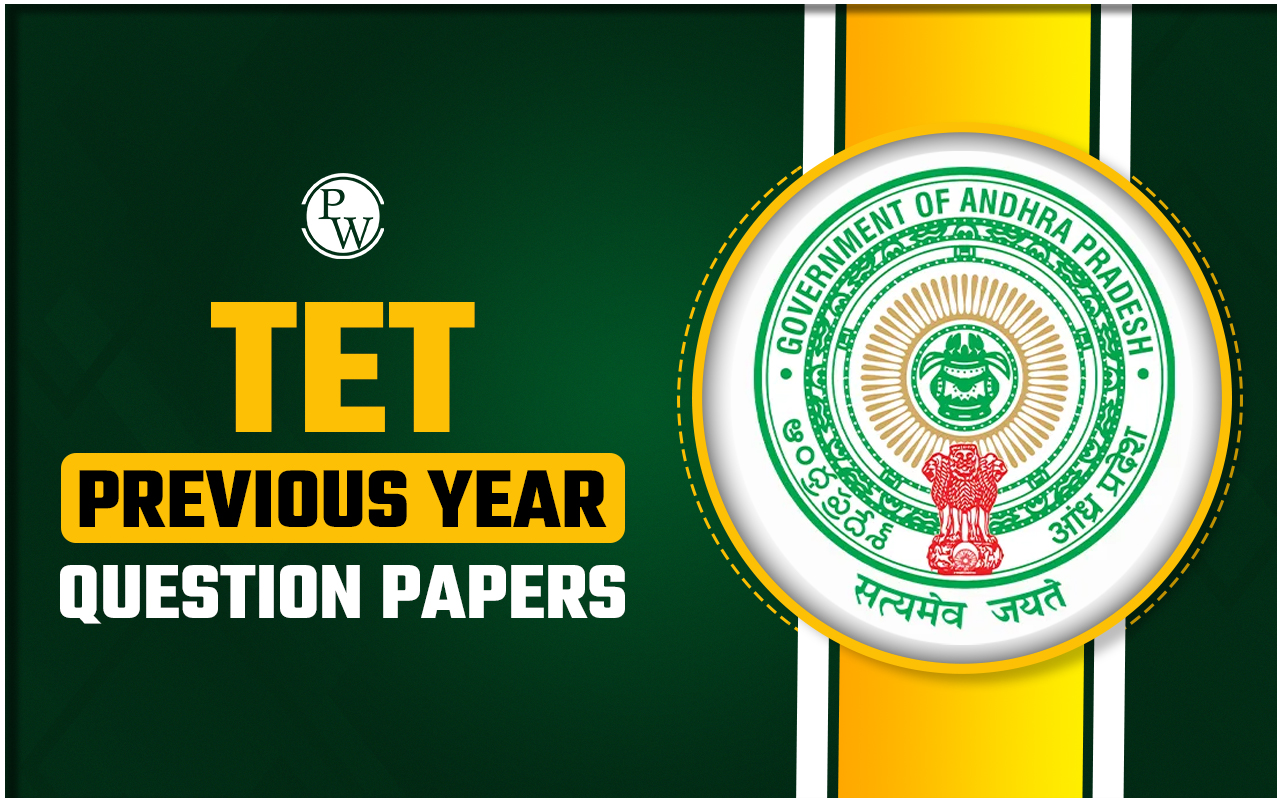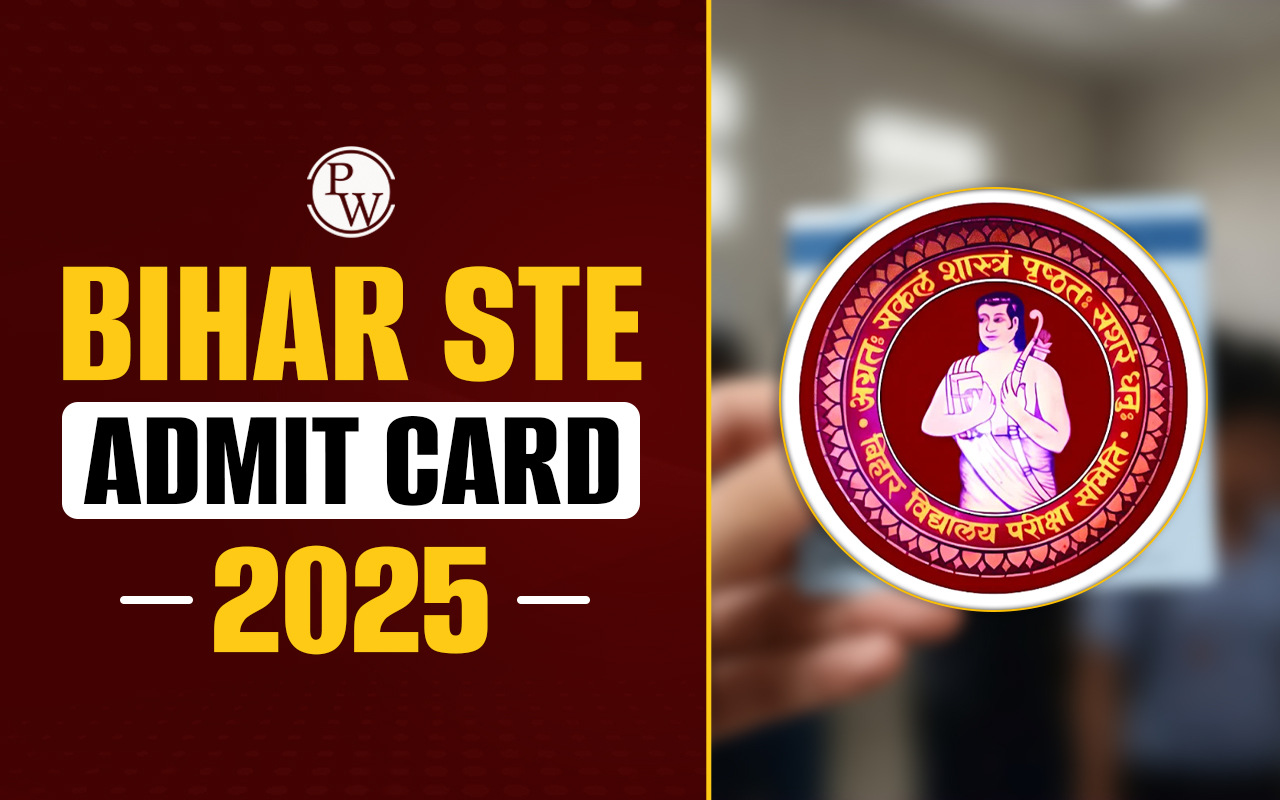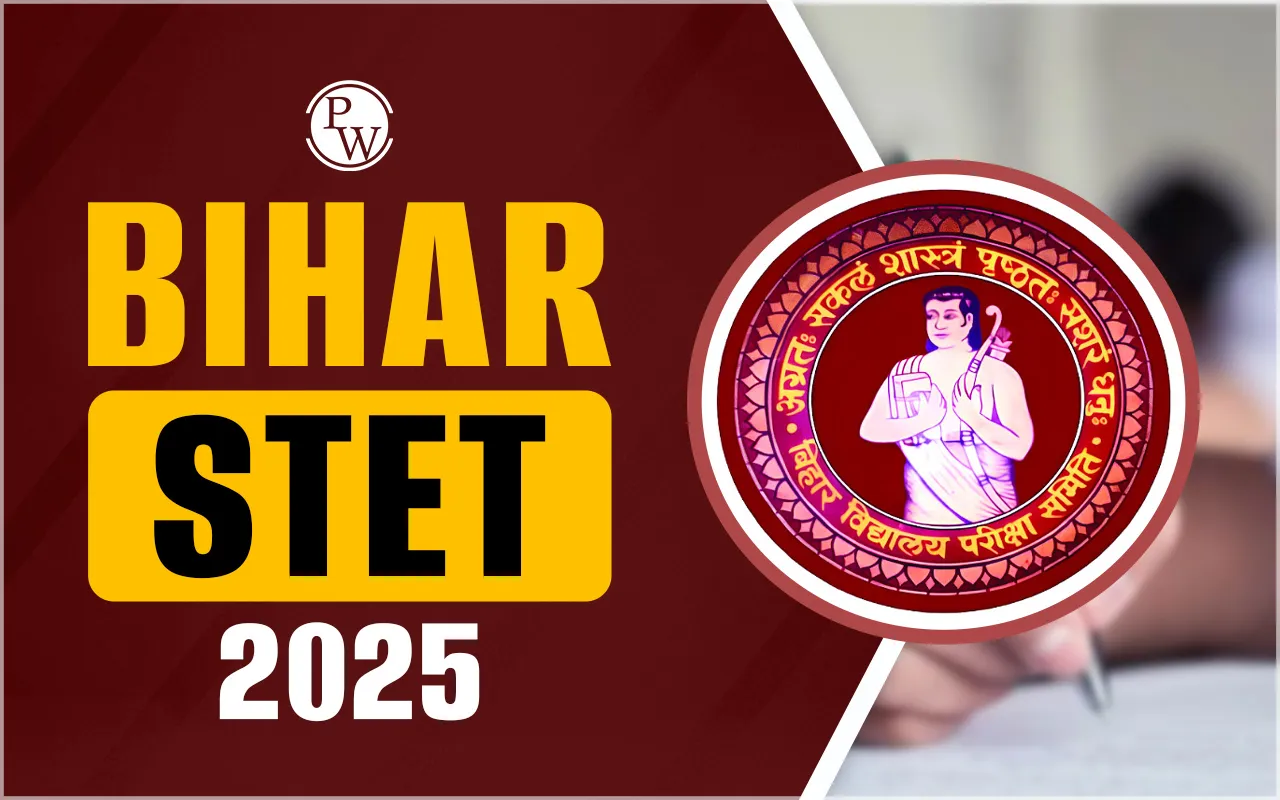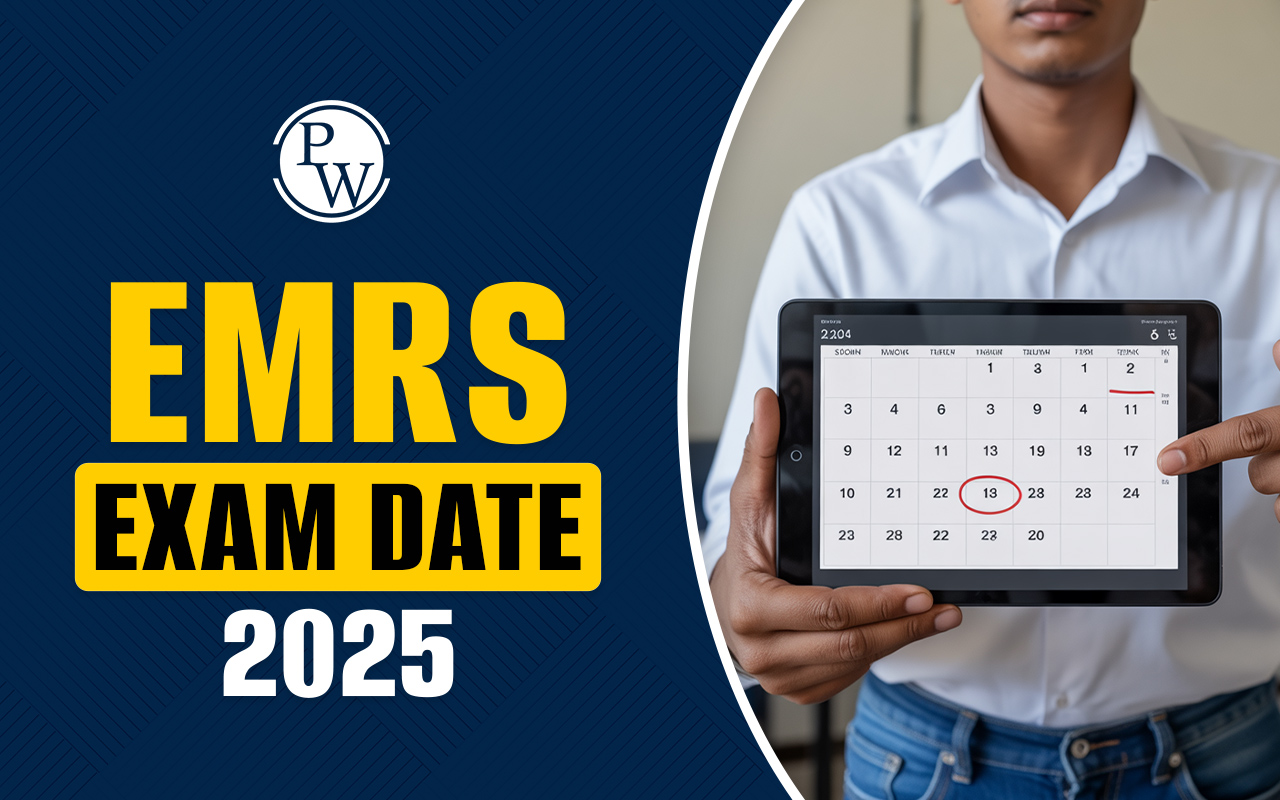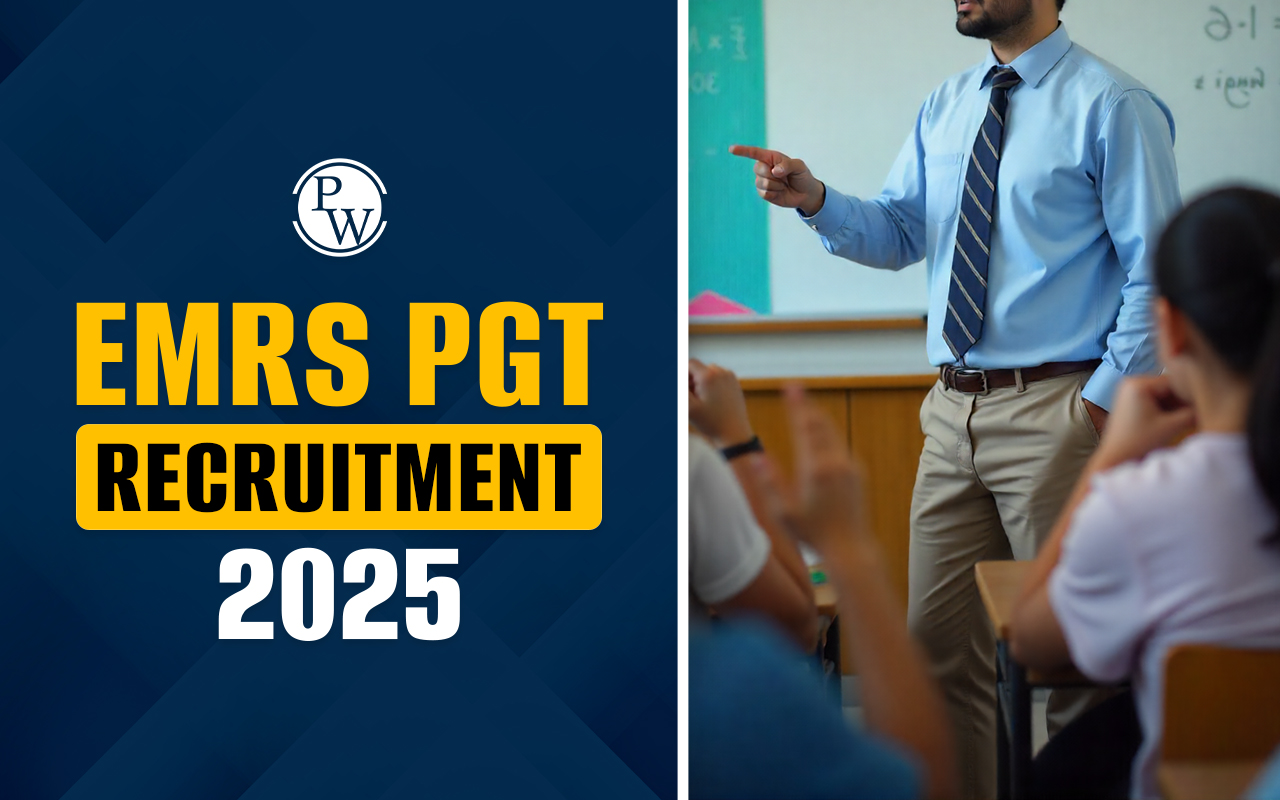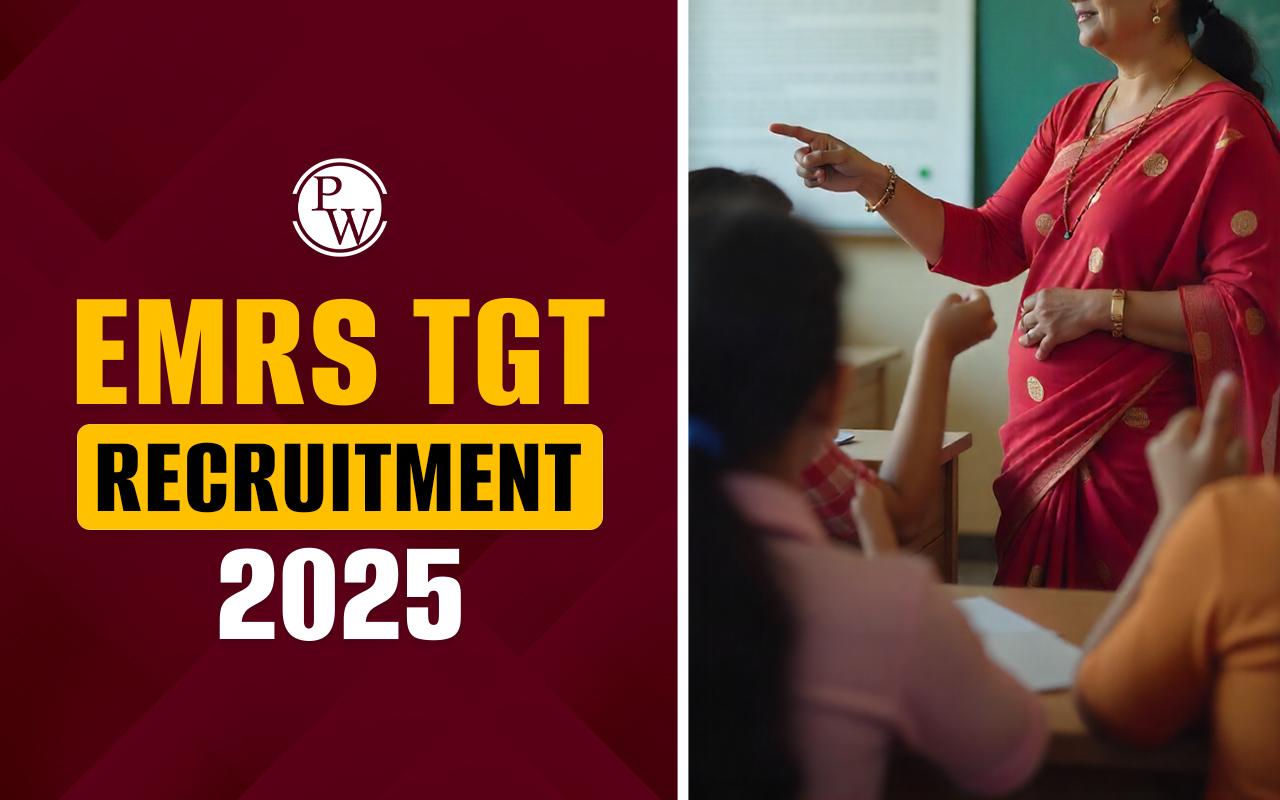
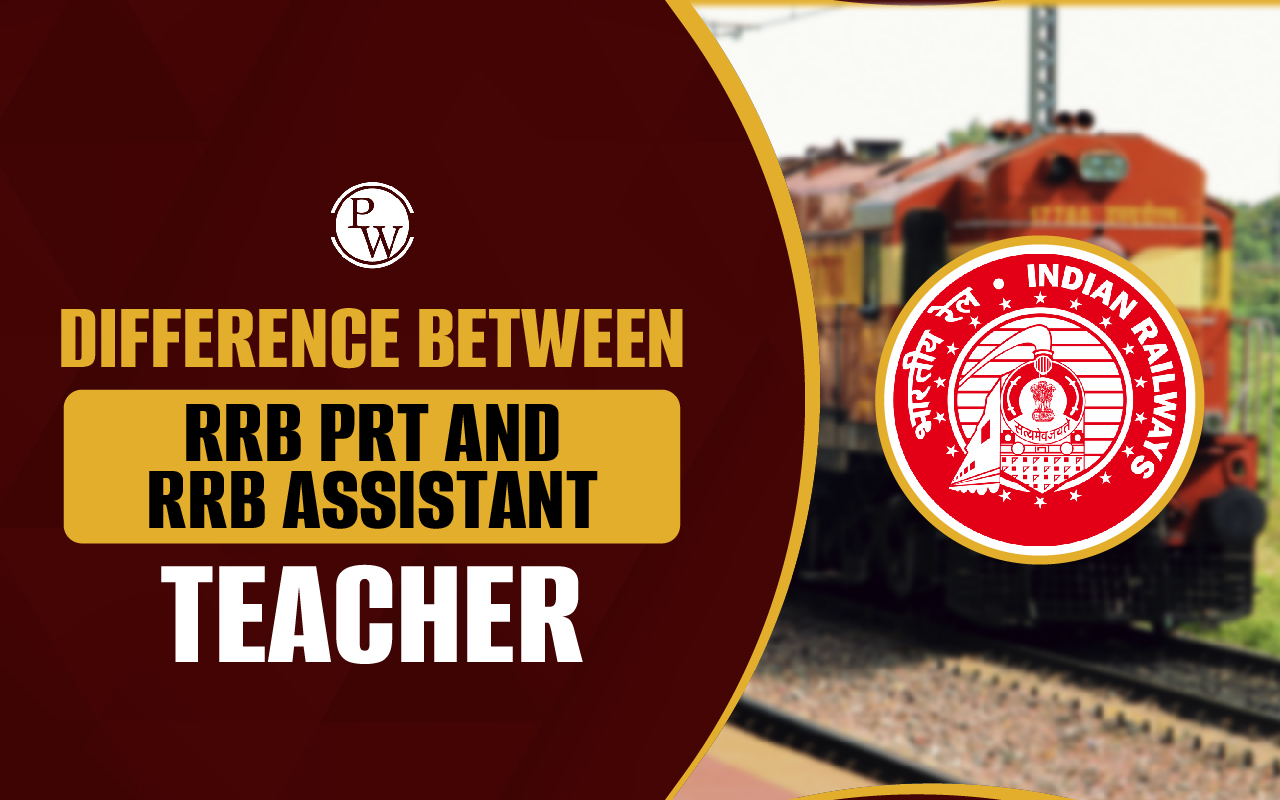
Difference Between RRB PRT and RRB Assistant Teacher: The Railway Recruitment Board (RRB) is a significant body that conducts recruitment for various positions, including teaching roles, under the RRB Teacher Recruitment 2025 initiative. Among these roles, the RRB PRT (Primary Teacher) and RRB Assistant Teacher are two important yet often confused positions. Understanding the differences between these roles is essential for aspiring candidates to make informed career decisions.
This page will explore the Difference Between RRB PRT and RRB Assistant Teacher, explaining their roles, qualifications, and responsibilities while incorporating relevant data.
What is RRB PRT (Primary Teacher)?
An RRB Primary Teacher (PRT) focuses on foundational education for children in Classes I to V. Their primary responsibility is to nurture young learners by teaching basic subjects such as English, Mathematics, Science, Social Studies. The aim is to develop essential learning skills and prepare students for progressive educational stages. The role requires creativity and dedication to create a positive and engaging learning environment for young minds.Qualifications for RRB PRT Teachers
Candidates aspiring to become RRB PRT Teachers need specific educational qualifications, such as:- Bachelor’s degree in Education (B.Ed)
- Bachelor’s in Elementary Education (B.El.Ed)
- Diploma in Elementary Education (D.El.Ed)
- Equivalent certifications recognized by the government
Key Responsibilities of RRB PRT Teachers
- Designing and delivering lesson plans tailored to young learners.
- Building students’ foundational skills in core subjects.
- Managing classroom behaviour effectively.
- Conducting assessments to evaluate academic progress.
- Fostering creativity and critical thinking.
What is an RRB Assistant Teacher?
An RRB Assistant Teacher serves as a supporting role to lead teachers. Their responsibilities vary depending on the educational setup and can range from working with primary classes to assisting secondary or senior educators.Qualifications for RRB Assistant Teachers
Aspiring candidates for RRB Assistant Teachers must have one of the following:- Diploma in Elementary Education (D.El.Ed)
- Bachelor’s in Elementary Education (B.El.Ed)
- Equivalent recognized certifications
Key Responsibilities of RRB Assistant Teachers
- Supporting lead teachers in planning and delivering lessons
- Assisting in exam preparation and grading assignments
- Maintaining classroom discipline and order
- Contributing to curriculum development
- Helping in the holistic development of students
Detailed Difference Between RRB PRT and RRB Assistant Teacher
Below is a side-by-side comparison to highlight the Difference Between RRB PRT and RRB Assistant Teacher:| Difference Between RRB PRT and RRB Assistant Teacher | ||
|---|---|---|
| Aspect | RRB PRT Teachers | RRB Assistant Teachers |
| Role | Teach students from Classes I to V, focusing on foundational skills. | Teach students from Classes VI to VIII or specific subjects in-depth. |
| Educational Level | Elementary education (basic literacy, numeracy, and overall development). | Advanced education for middle school, emphasizing subject specialization. |
| Eligibility |
|
|
| Subjects Taught | Basic subjects such as Mathematics, Languages, and Environmental Studies. | Specific subjects such as Mathematics, Science, Social Science, or Language. |
| Exam Pattern | Focuses on child pedagogy, general knowledge, basic math, and language skills. | Includes advanced subject knowledge, pedagogy, and professional expertise. |
| Age Limit | Typically 18 to 30 years (relaxations apply). | Usually 21 to 35 years (relaxations apply). |
| Skill Requirements | Strong understanding of child psychology and activity-based learning. | Expertise in subject-specific knowledge and advanced teaching techniques. |
| Salary Range | ₹35,000 - ₹45,000 per month with allowances. | ₹45,000 - ₹55,000 per month with additional allowances. |
| Career Growth | Can be promoted to TGT and PGT roles with experience and qualifications. | Opportunities for administrative roles and senior teaching positions. |
| Workload | Relatively lighter, focused on basic-level teaching and student engagement. | More demanding due to advanced subject-level responsibilities. |
| Training Required | Basic teaching strategies for young children. | Advanced training in specific subject methodologies and classroom management. |
How to Choose Between RRB PRT and RRB Assistant Teacher?
Choosing between the roles depends on your career goals, qualifications, and preferences. Here’s a guide to help you decide:- Passion for Primary Education : If you enjoy working with young children and are passionate about building foundational skills, the role of an RRB Primary Teacher is ideal.
- Interest in Assisting : If you prefer a supportive role, working with teachers and students across various levels, becoming an RRB Assistant Teacher might be a better fit.
- Qualification Match : Ensure that your academic background aligns with the specific requirements of the position you are applying for.
- Career Growth : Both roles offer opportunities for professional development. However, RRB PRT Teachers may have a more defined pathway in primary education, while RRB Assistant Teachers can transition into specialized teaching roles.
Why is Understanding the Difference Important?
Understanding the Difference Between RRB PRT and RRB Assistant Teacher is necessary for several reasons:- Better Career Planning : Knowing the roles and responsibilities helps aspirants align their goals with the right position.
- Efficient Preparation : Each role requires different qualifications and preparation strategies for recruitment exams.
- Informed Decision-Making : With clear insights into both roles, candidates can choose a path that matches their interests and expertise.
Difference Between RRB PRT and RRB Assistant Teacher FAQs
Q1. What is the focus of RRB PRT Teachers?
Ans. RRB PRT Teachers focus on foundational education for Classes I to V, teaching core subjects like English, Math, Science, and Social Studies.
Q2. What are the qualifications required for RRB Assistant Teachers?
Ans. Candidates need a Diploma in Elementary Education (D.El.Ed) or Bachelor’s in Elementary Education (B.El.Ed) to apply for RRB Assistant Teachers.
Q3. How does the RRB Teacher Recruitment 2025 benefit teaching aspirants?
Ans. The RRB Teacher Recruitment 2025 offers diverse teaching roles, including RRB PRT Teachers and RRB Assistant Teachers, ensuring varied career opportunities.
Q4. What is the Difference Between RRB PRT and RRB Assistant Teacher in teaching levels?
Ans. RRB PRT Teachers handle Classes I-V, while RRB Assistant Teachers assist across primary and higher levels depending on the setup.
Q5. What are the responsibilities of RRB Assistant Teachers?
Ans. RRB Assistant Teachers assist lead teachers with lesson planning, classroom management, and student assessments across multiple grades.
Q.6 Why is it important to understand the Difference Between RRB PRT and RRB Assistant Teacher?
Ans. Understanding the Difference Between RRB PRT and RRB Assistant Teacher helps aspirants choose roles aligning with their qualifications and career goals.
Talk to a counsellorHave doubts? Our support team will be happy to assist you!

Free Learning Resources
PW Books
Notes (Class 10-12)
PW Study Materials
Notes (Class 6-9)
Ncert Solutions
Govt Exams
Class 6th to 12th Online Courses
Govt Job Exams Courses
UPSC Coaching
Defence Exam Coaching
Gate Exam Coaching
Other Exams
Know about Physics Wallah
Physics Wallah is an Indian edtech platform that provides accessible & comprehensive learning experiences to students from Class 6th to postgraduate level. We also provide extensive NCERT solutions, sample paper, NEET, JEE Mains, BITSAT previous year papers & more such resources to students. Physics Wallah also caters to over 3.5 million registered students and over 78 lakh+ Youtube subscribers with 4.8 rating on its app.
We Stand Out because
We provide students with intensive courses with India’s qualified & experienced faculties & mentors. PW strives to make the learning experience comprehensive and accessible for students of all sections of society. We believe in empowering every single student who couldn't dream of a good career in engineering and medical field earlier.
Our Key Focus Areas
Physics Wallah's main focus is to make the learning experience as economical as possible for all students. With our affordable courses like Lakshya, Udaan and Arjuna and many others, we have been able to provide a platform for lakhs of aspirants. From providing Chemistry, Maths, Physics formula to giving e-books of eminent authors like RD Sharma, RS Aggarwal and Lakhmir Singh, PW focuses on every single student's need for preparation.
What Makes Us Different
Physics Wallah strives to develop a comprehensive pedagogical structure for students, where they get a state-of-the-art learning experience with study material and resources. Apart from catering students preparing for JEE Mains and NEET, PW also provides study material for each state board like Uttar Pradesh, Bihar, and others
Copyright © 2025 Physicswallah Limited All rights reserved.



